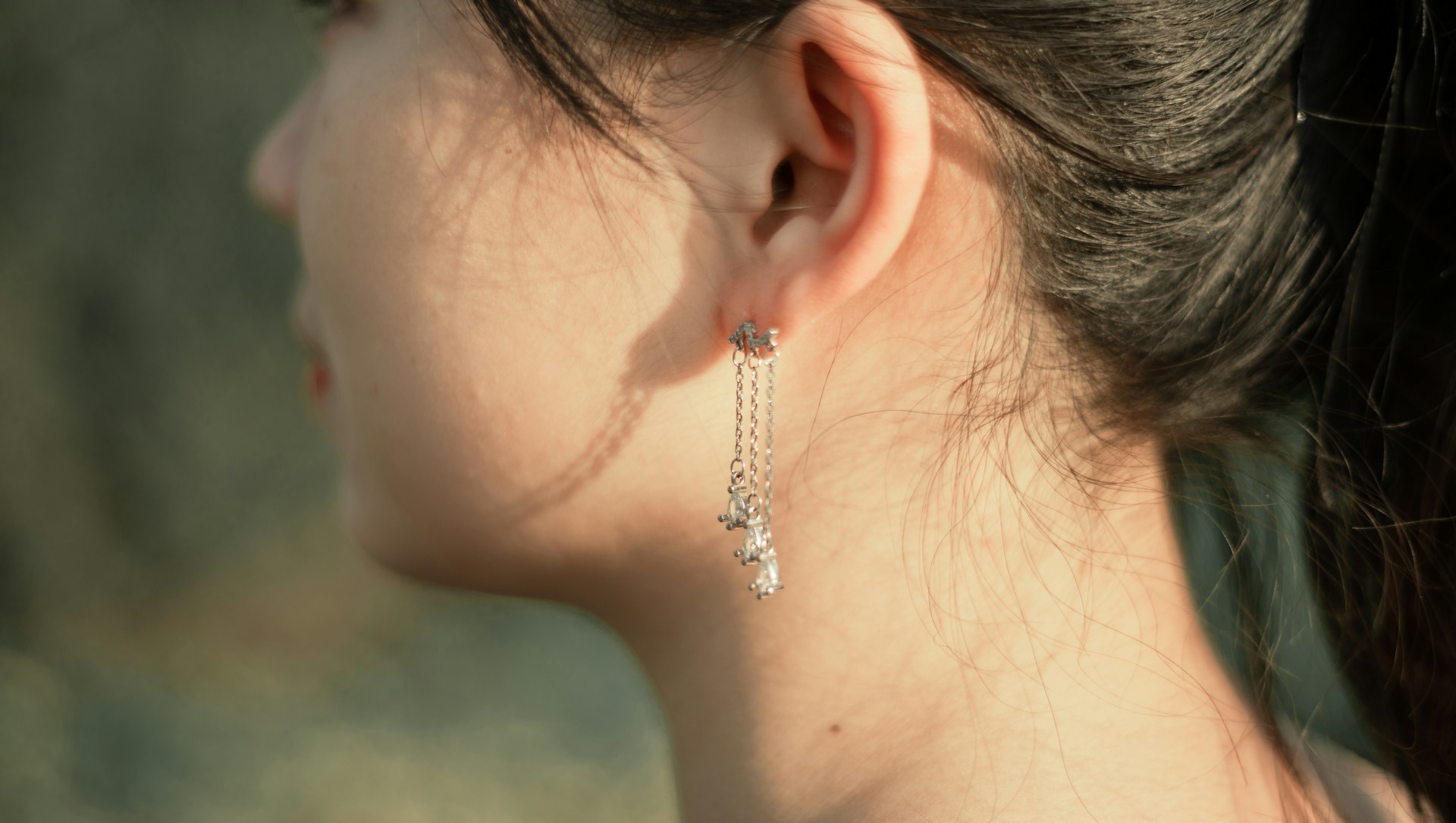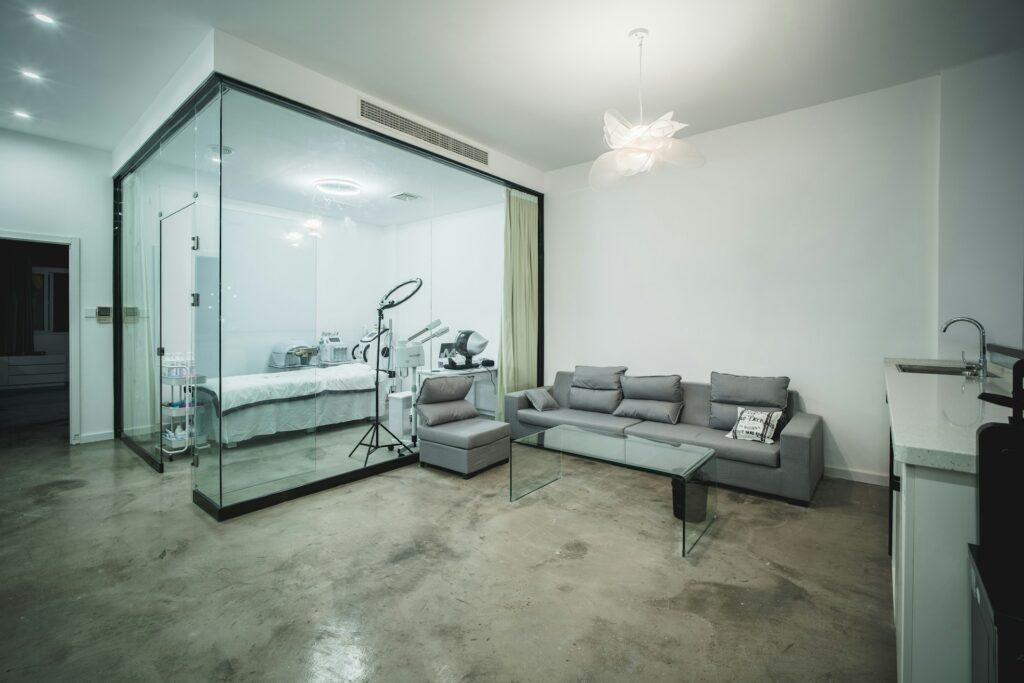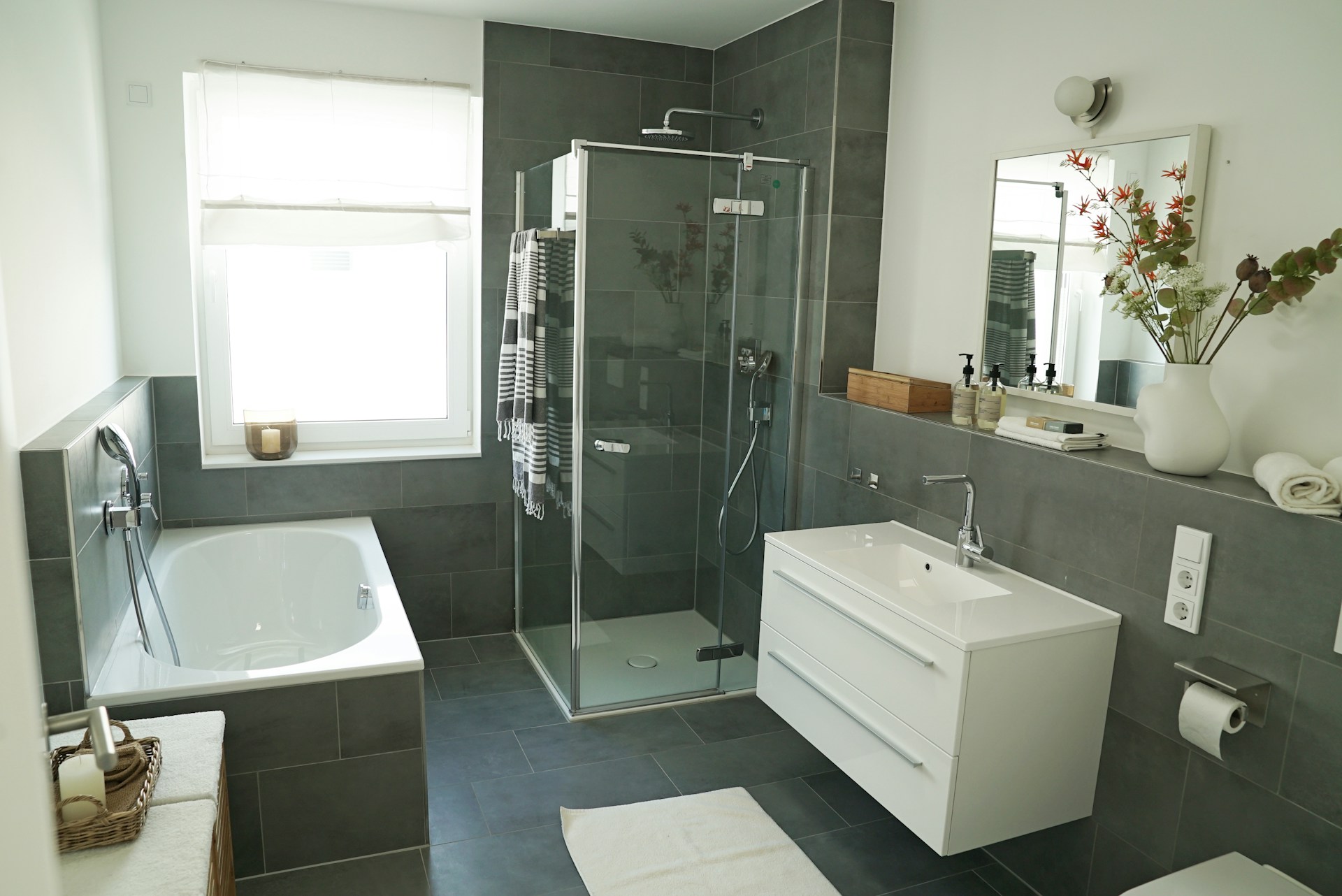Now Reading: Allergy-Safe Jewelry: Your Guide to Comfortable Metal Choices
-
01
Allergy-Safe Jewelry: Your Guide to Comfortable Metal Choices
Allergy-Safe Jewelry: Your Guide to Comfortable Metal Choices

Jewelry allergies affect millions of people worldwide, turning what should be beautiful accessories into sources of discomfort and irritation.
Red, itchy skin where your favorite earrings or necklace touches your body signals that your jewelry contains metals triggering allergic reactions. The good news? You don’t have to give up wearing jewelry altogether.
Understanding which metals cause allergic reactions and which ones are safe can transform your jewelry-wearing experience.
This comprehensive guide explores the best hypoallergenic metals for jewelry, helping you make informed choices that keep your skin happy while maintaining your personal style.
Whether you’re shopping for gold earrings stud designs or seeking nickel-free alternatives to your current collection, this information will help you build a jewelry wardrobe that’s both beautiful and comfortable.
Understanding Jewelry Allergies
Common Symptoms of Metal Allergies
Jewelry allergies typically manifest through contact dermatitis, a skin condition that develops when your immune system reacts to certain metals. Recognizing these symptoms helps you identify problematic pieces in your collection:
- Red, inflamed skin at contact points
- Persistent itching or burning sensations
- Small bumps or blisters around jewelry areas
- Dry, scaly patches where metal touches skin
- Darkening or discoloration of affected areas
Primary Culprits Behind Reactions
Several metals commonly found in jewelry trigger allergic responses:
- Nickel: The most frequent cause of jewelry allergies, often used in gold and silver alloys
- Cobalt: Found in some white gold and silver formulations
- Chromium: Present in certain stainless steel varieties
- Copper: Can cause reactions in some individuals, particularly in brass and bronze jewelry
Premium Gold Options for Sensitive Skin
14K and 18K Gold Varieties
Higher karat gold jewelry contains more pure gold and fewer problematic alloys. When shopping for allergy safe options, consider these gold varieties:
14K Gold Benefits:
- Contains 58.3% pure gold
- More durable than higher karat options
- Available in yellow, white, and rose gold
- Generally well-tolerated by sensitive skin
18K Gold Advantages:
- Comprises 75% pure gold
- Minimal alloy content reduces reaction risk
- Excellent for gold earrings stud collections
- Premium choice for daily wear pieces
Gold Alloy Considerations
Different gold colors use varying alloy compositions that affect their hypoallergenic properties:
- Yellow Gold: Typically mixed with copper and silver, generally safe for most people
- White Gold: Often contains palladium or nickel; choose palladium-based versions for sensitive skin
- Rose Gold: Contains copper, which may cause reactions in copper-sensitive individuals
Platinum: The Ultimate Hypoallergenic Choice
Pure Metal Benefits
Platinum stands as one of the most hypoallergenic metals available for jewelry. Its natural properties make it ideal for sensitive skin:
- 99.9% Pure: Minimal alloy content eliminates most allergen concerns
- Naturally White: No plating required that might wear off over time
- Durable: Resists scratches and maintains its appearance
- Tarnish-Resistant: Maintains its luster without special care
Investment Considerations
While platinum jewelry requires a higher initial investment, its longevity and hypoallergenic properties offer excellent value:
- Lasts generations with proper care
- Retains value better than many other metals
- Perfect for engagement rings and wedding bands
- Ideal for people with multiple metal sensitivities
Surgical Steel and Titanium Alternatives
Medical-Grade Materials
Both surgical steel and titanium originated in medical applications, making them excellent choices for sensitive skin:
Surgical Steel Features:
- Used in medical implants and instruments
- Contains minimal nickel content
- Affordable and widely available
- Easy to clean and maintain
Titanium Advantages:
- Completely nickel free composition
- Lightweight compared to other metals
- Naturally hypoallergenic
- Available in various colors through anodization
Style and Design Options
These metals offer surprising versatility in jewelry design:
- Modern, contemporary aesthetic
- Available in various finishes
- Compatible with gemstone settings
- Suitable for both casual and formal pieces
Silver Solutions for Allergy Sufferers
Sterling Silver Composition
Standard sterling silver contains 92.5% pure silver mixed with other metals, typically copper. For sensitive skin, look for specific silver formulations:
Argentium Silver:
- Contains germanium instead of some copper
- More tarnish-resistant than traditional sterling
- Reduced allergic reaction potential
- Maintains sterling silver’s beautiful appearance
Care and Maintenance
Proper silver care helps minimize skin reactions:
- Store in anti-tarnish pouches
- Clean regularly with appropriate silver cleaners
- Avoid exposure to lotions and perfumes
- Consider protective clear coatings for extra-sensitive individuals
Alternative Hypoallergenic Metals
Palladium Properties
Palladium offers an excellent middle ground between platinum and gold:
- Naturally white metal requiring no plating
- Member of the platinum family
- More affordable than platinum
- Excellent for white metal jewelry preferences
Niobium and Tantalum Options
These lesser-known metals provide unique hypoallergenic alternatives:
Niobium Characteristics:
- Completely inert and biocompatible
- Can be anodized for color variety
- Popular in body jewelry applications
- Lightweight and comfortable
Tantalum Benefits:
- Dense, durable metal
- Naturally dark gray color
- Completely hypoallergenic
- Increasingly popular for men’s wedding bands
Smart Shopping Strategies for Sensitive Skin
Research and Verification
Before purchasing jewelry, take these steps to ensure compatibility:
- Request detailed metal composition information
- Look for “nickel-free” certifications
- Read customer reviews from other allergy sufferers
- Start with small pieces to test your skin’s reaction
Quality Indicators
High-quality hypoallergenic jewelry typically features:
- Proper hallmarking indicates metal purity
- Reputable manufacturer or designer names
- Clear composition labeling
- Professional craftsmanship and finishing
Testing New Pieces
When trying on new jewelry:
- Wear pieces for short periods initially
- Monitor skin for any reaction signs
- Remove jewelry immediately if irritation develops
- Allow skin to recover completely between tests
Building Your Allergy-Safe Collection
Essential Starter Pieces
Begin your hypoallergenic jewelry collection with these versatile basics:
- Simple gold earrings stud pairs in 14K or 18K gold
- Classic chain necklace in your preferred safe metal
- Basic wedding band or ring in platinum or high-karat gold
- Versatile bracelet for daily wear
Mixing and Matching
Create varied looks while maintaining skin safety:
- Stick to one metal family per outfit
- Layer pieces in the same hypoallergenic metal
- Choose coordinating finishes across pieces
- Build gradually to identify your most comfortable options
Long-Term Investment Strategy
Focus on quality pieces that will serve you well:
- Invest in higher-quality metals for frequently worn pieces
- Choose classic designs that won’t go out of style
- Prioritize comfort over trendy but potentially irritating options
- Consider custom pieces made with your specific safe metals
Your Path to Comfortable, Beautiful Jewelry
Living with metal allergies doesn’t mean sacrificing style or giving up the jewelry you love. By understanding which hypoallergenic metals work best for your skin and making informed purchasing decisions, you can build a beautiful collection that keeps you comfortable all day long.
Start by identifying your specific sensitivities through careful observation and, if necessary, professional allergy testing. Then, gradually build your collection with high-quality pieces in metals you know are safe for your skin.
Remember that investing in quality hypoallergenic jewelry pays dividends in comfort, durability, and long-term satisfaction. Your skin will thank you for choosing allergy-safe options that let you express your personal style without compromise.


























